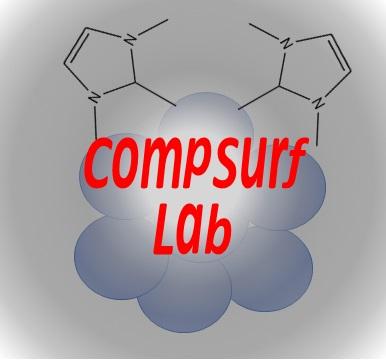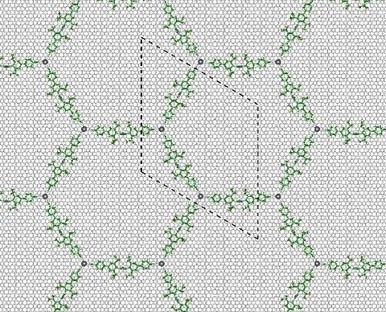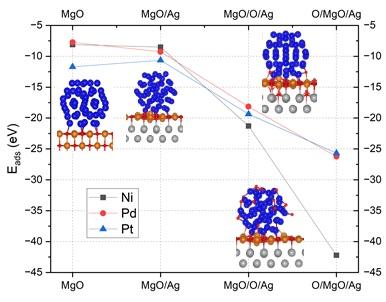Writing with molecules: tip-induced ordering of N-heterocyclic olefins on copper
The interest in the modification of the surfaces chemical structure goes beyond the fundamental aspects of chemical science, toward relevant applications in the field of heterogeneous catalysis, photocatalysis, electrocatalysis, sensing, and microelectronics. Often this is performed by deposing on the surface organic molecules prone to form self-assembled monolayers. It is, however, evident how the possibility to form well-ordered molecular assemblies would pave the way toward new, relevant applications.



